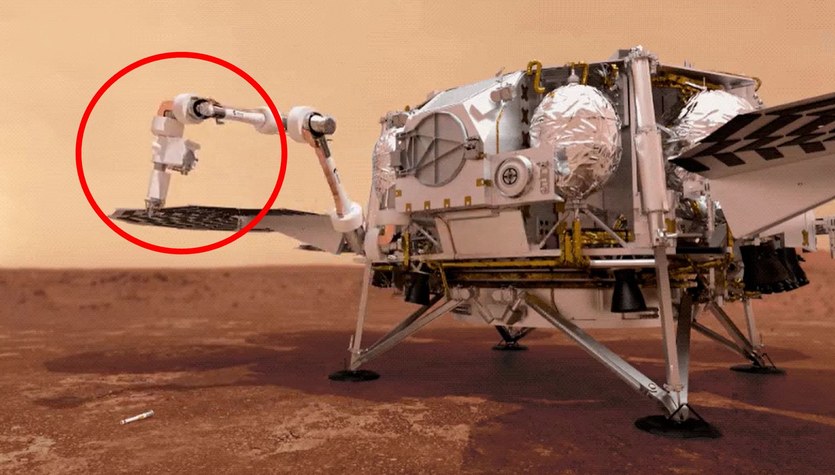Humanity, at least for the time being, does not have telescopes whose mirrors are one kilometer in diameter, so other ways of observing exoplanets and possible life on them must be sought.
For this reason, scientists propose to turn the Sun into a giant lens. The phenomenon of gravitational lenses will help in this, due to the fact that every massive object distorts spacetime. As a result, the light passing near it is bent, so that you can see the source of this light magnified. Our star happens to be massive enough to be used, for example, in observing nearby exoplanets in a very detailed way.
Read also: Another solar flare has been detected. Is the Earth safe?
What level of detail are we talking about? Big enough to be able to observe continents, islands, and even virtual cities built by an extraterrestrial civilization. Unfortunately, there is one “but” – and it is very dangerous. For this configuration to work, it would be necessary to position the telescope at a distance of about 650 astronomical units from the Sun to serve as the eyepiece.
The sun and the distant telescope can be a harmonious duo
1 astronomical unit refers to the distance between our planet and the sun. Let’s imagine that such a telescope would have to be 650 times farther away. In order to show the scale of the difficulty of this undertaking, it suffices to add that the farthest ship launched by humans, Voyager 1, has traveled 157 AU in its nearly 50-year journey. So it’s not even 1/4 of the distance required in this case.
Fortunately, this cosmic journey can be speeded up a bit so that you don’t have to wait two hundred years to determine the correct location for the telescope. As Slava Torichev of the Jet Propulsion Laboratory explains, there are several techniques that can help. It is possible to use solar sail propulsion, on-board power, and communications. Each of these aspects can be used in a relatively short time.
Read also: Two telescopes in different hemispheres. No being has ever done such a “scanning” of the sky!
The assumptions are ambitious, with engineers wanting to put the telescope in place in less than 25 years. This, in turn, means reaching a speed that has not been accelerated by any spacecraft in human history. Using a solar sail, at least in theory, the ship could be positioned close to the sun, and from there it would continue its journey very quickly. Turyshev is ready to launch the mission around 2034, but it is worth emphasizing that the ultimate goal of observing with such a system in the form of the sun and telescope must be known before departure.

Echo Richards embodies a personality that is a delightful contradiction: a humble musicaholic who never brags about her expansive knowledge of both classic and contemporary tunes. Infuriatingly modest, one would never know from a mere conversation how deeply entrenched she is in the world of music. This passion seamlessly translates into her problem-solving skills, with Echo often drawing inspiration from melodies and rhythms. A voracious reader, she dives deep into literature, using stories to influence her own hardcore writing. Her spirited advocacy for alcohol isn’t about mere indulgence, but about celebrating life’s poignant moments.










